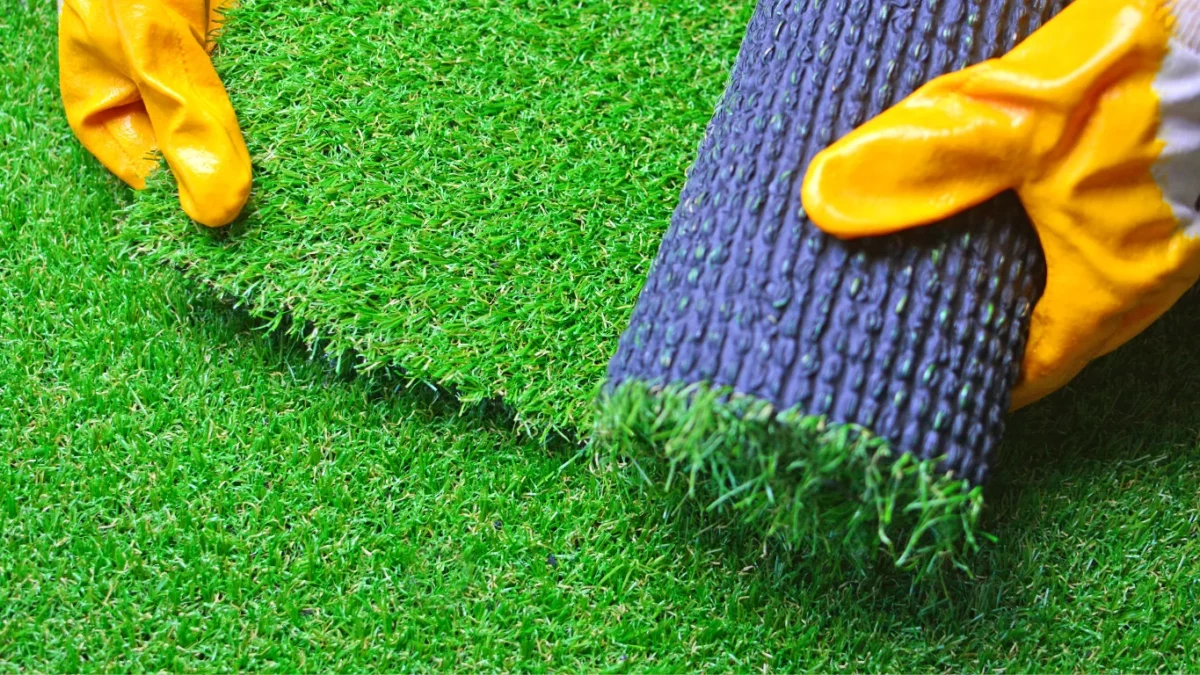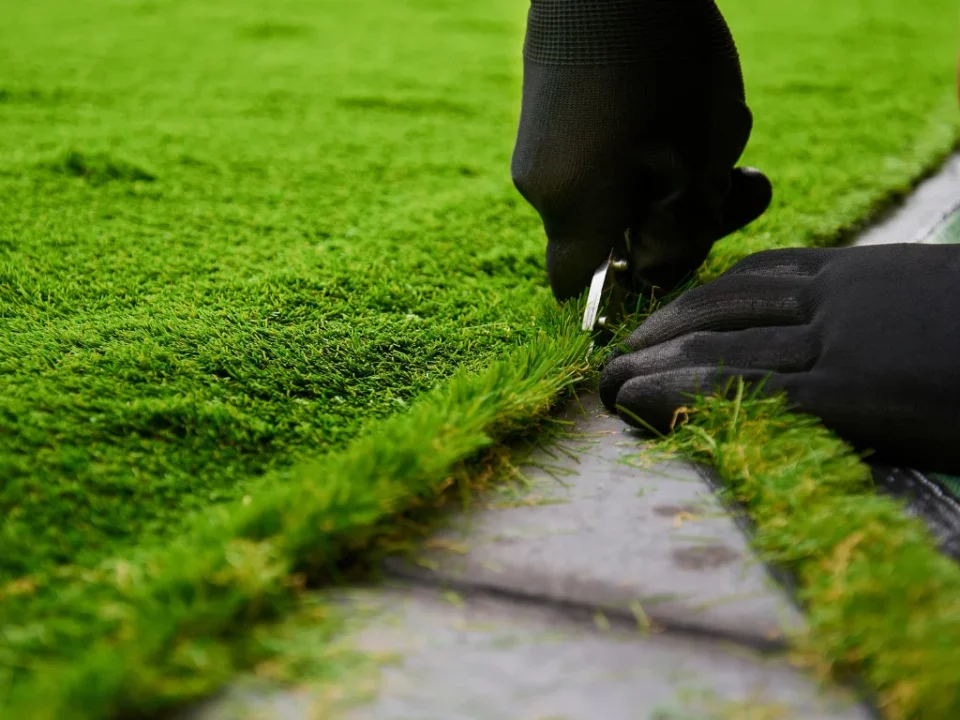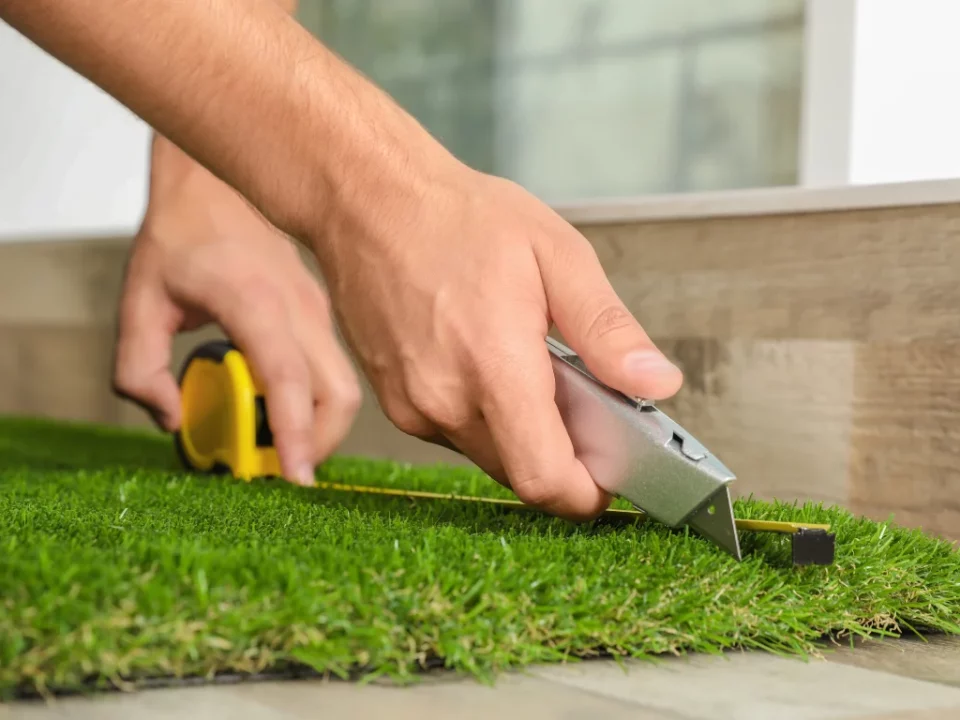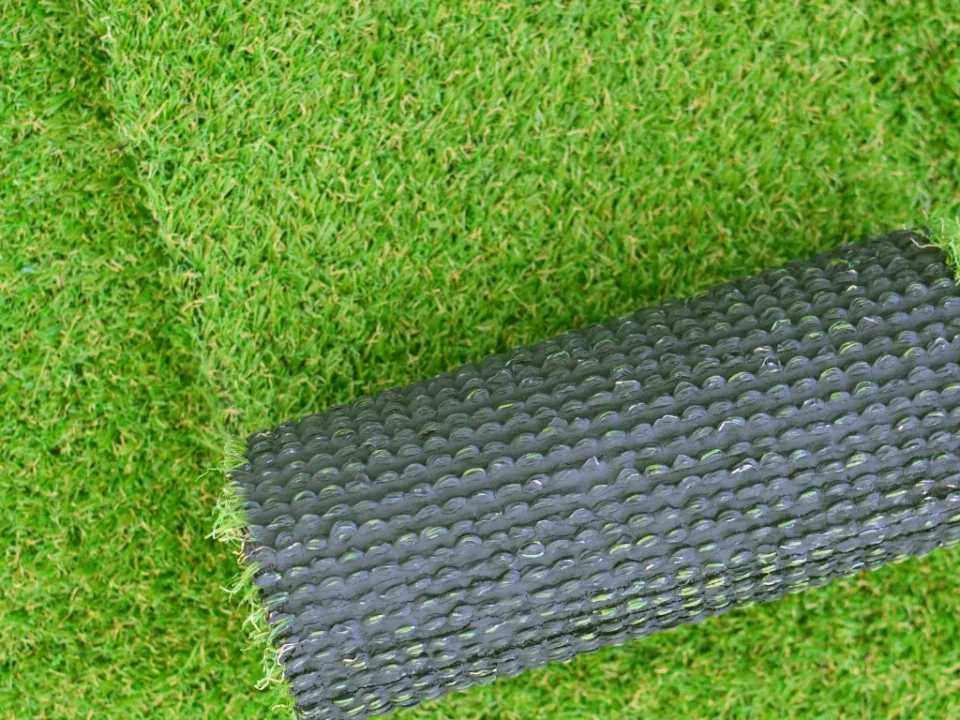Transforming your yard with synthetic turf can significantly improve curb appeal while reducing maintenance. Whether you’re creating a backyard play area, a pet-friendly lawn, or a lush front yard, knowing how to properly install artificial grass is key to achieving long-lasting results. This step-by-step guide to successful artificial grass installation will help you understand what’s involved in creating a seamless and beautiful synthetic landscape.
Preparing the Ground: The Foundation of Successful Artificial Grass Installation
The first and most critical step in any artificial grass installation is ground preparation. Start by removing any existing natural grass, weeds, rocks, or debris from the area. It’s essential to clear everything down to the bare soil to ensure a smooth foundation. Once the surface is cleared, it’s time to level the area and create a slight slope for proper drainage. This prevents water accumulation under the turf, which can lead to unpleasant odors or material breakdown over time.
Next, install a weed barrier fabric to prevent unwanted growth beneath your synthetic turf. After that, apply a layer of crushed rock or decomposed granite to build a solid base. This base layer, typically about 2–4 inches thick, should be compacted thoroughly using a plate compactor. The compacted base provides a stable and smooth surface that will support the artificial grass evenly and securely.
Installing the Turf: Steps for a Flawless Finish
After the groundwork is complete, roll out your artificial grass and let it sit for a few hours to allow it to settle and acclimate. This helps remove wrinkles and makes the installation process smoother. Once the turf has relaxed, position it over the area and trim the edges to fit the desired shape. Be sure the grass fibers are all facing the same direction to ensure a natural appearance.
Secure the artificial turf using landscaping staples or nails along the edges and seams. For a more seamless look, use outdoor adhesive or seam tape to bond sections together tightly. Brushing the turf fibers upward with a power broom or stiff brush after securing helps restore their upright position and creates a more realistic look.
Finally, spread an infill material such as silica sand or rubber granules over the surface. This step adds weight to keep the turf in place, enhances its cushioning, and helps keep the grass blades upright. The infill should be distributed evenly and then brushed in thoroughly.
By following this step-by-step guide to successful artificial grass installation, you can enjoy a flawless, green lawn all year long. Proper preparation, precise installation, and attention to detail make all the difference when it comes to creating a beautiful and durable synthetic grass surface. Whether you’re doing it yourself or hiring a professional, understanding each stage of the process ensures that your artificial lawn not only looks great but also stands the test of time.
Read More:
How to Choose the Best Artificial Grass for Your Installation






